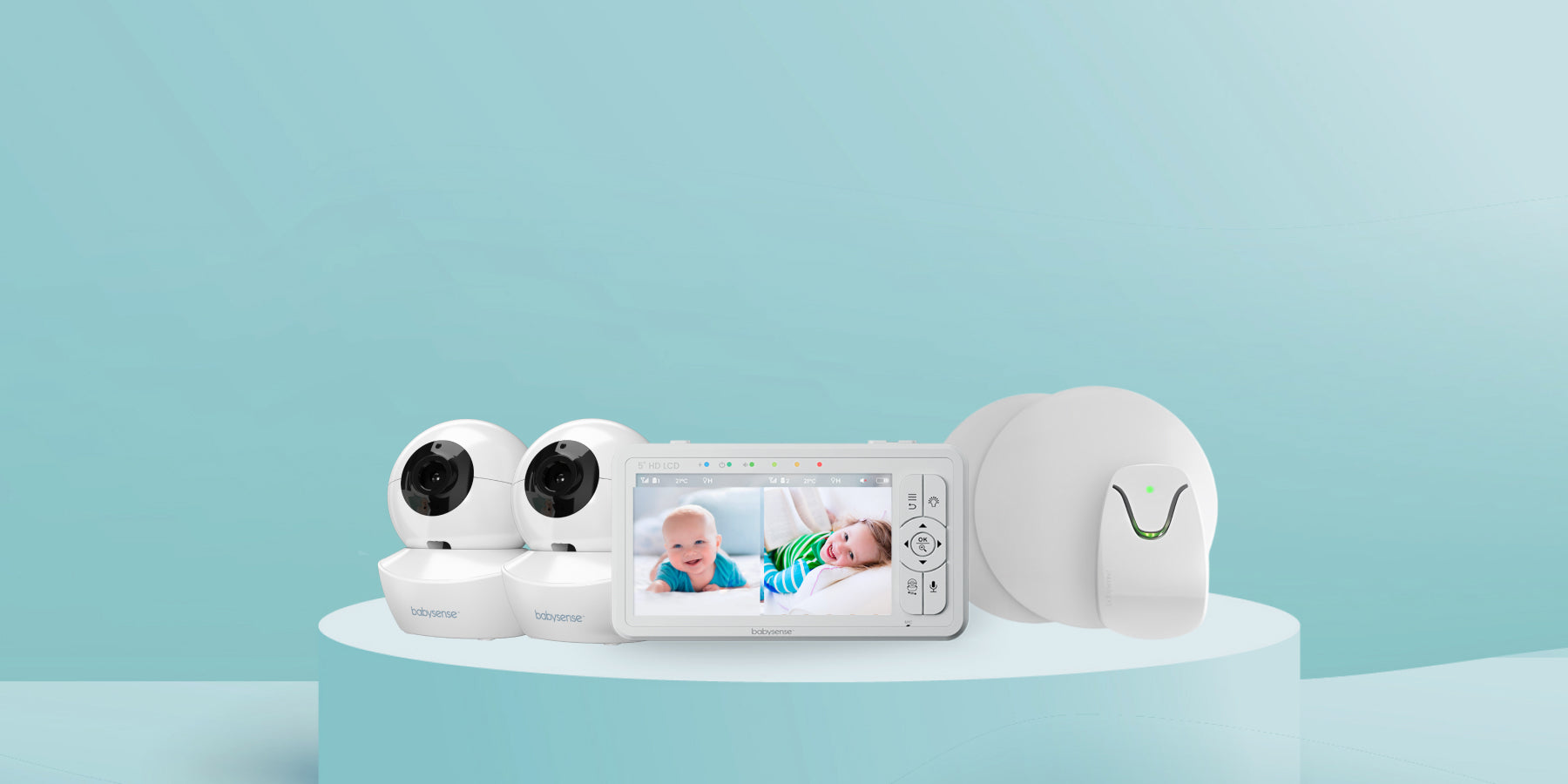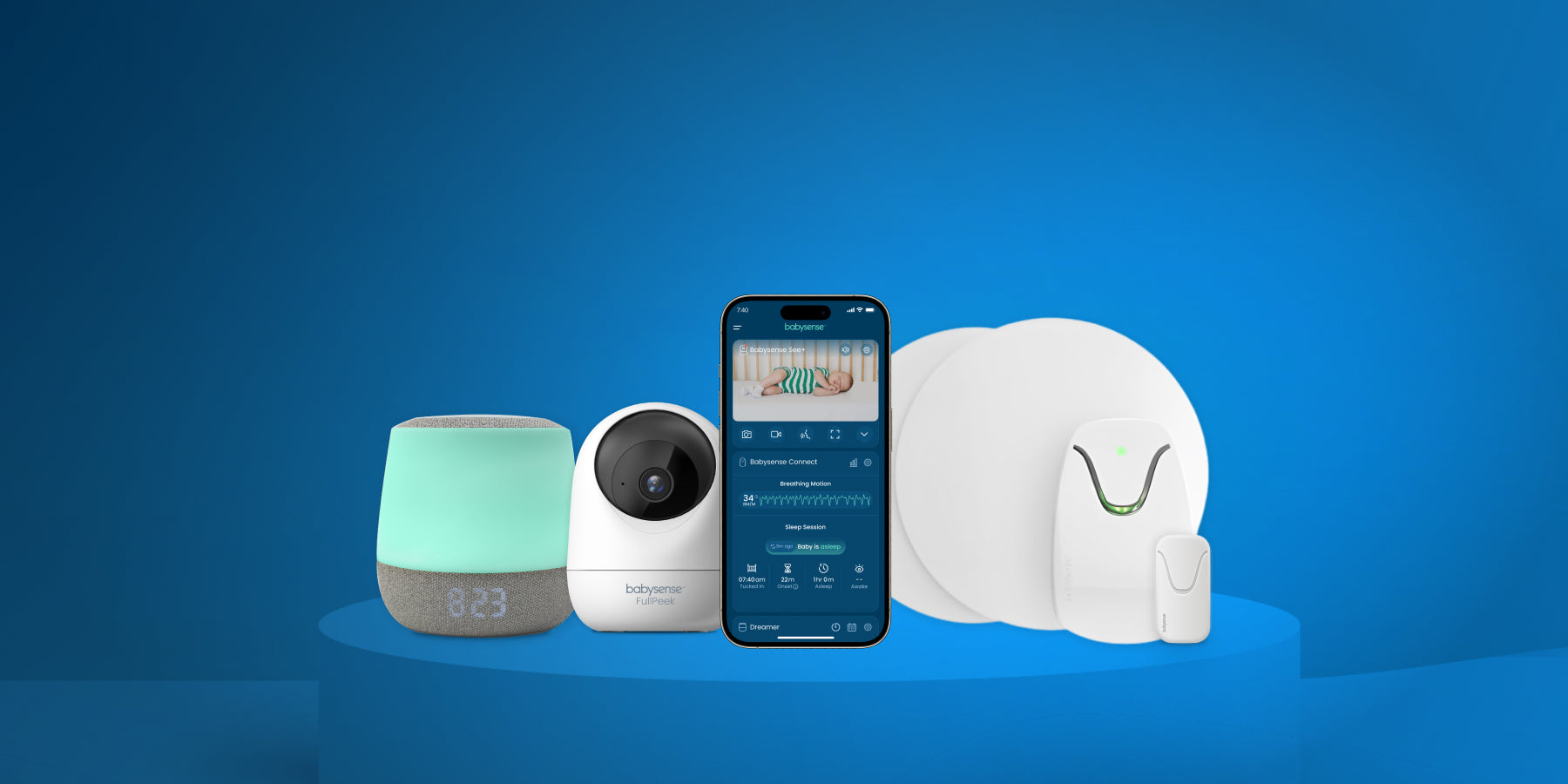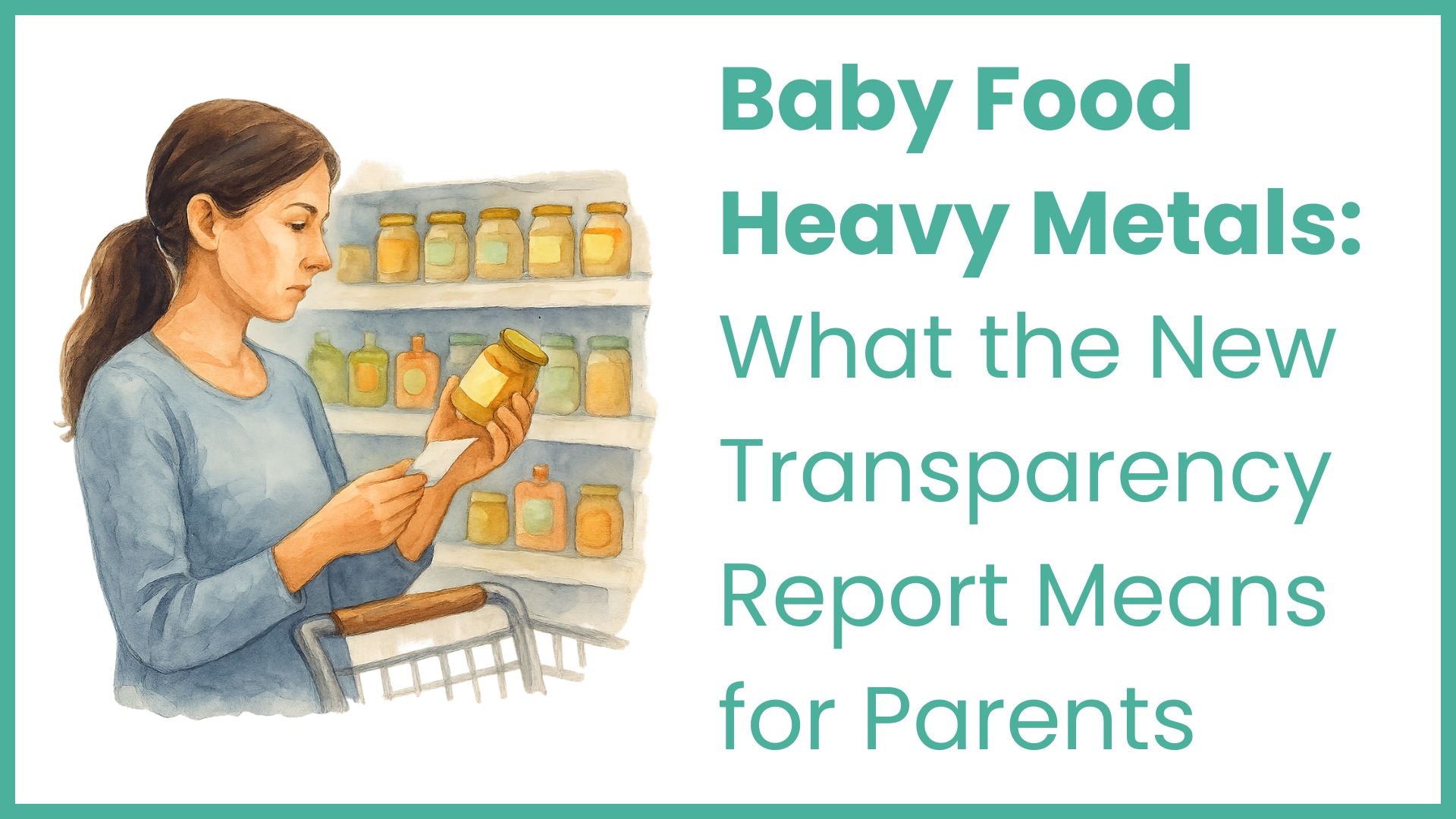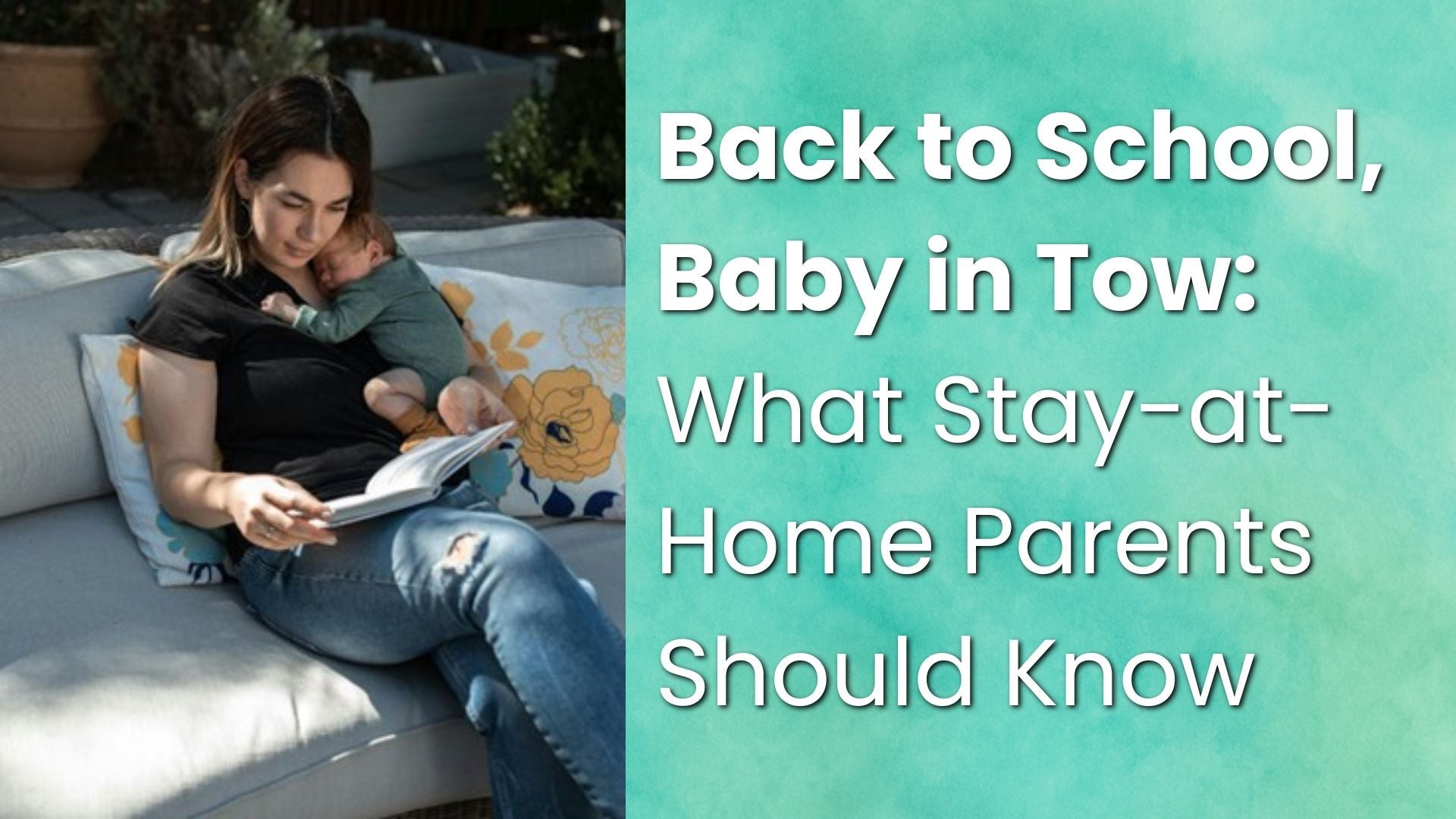Best sound machine for baby means reliable, safe soothing that fits your routine and grows with your child. This guide explains what to look for and why the Babysense Dreamer 2.0 checks the most boxes for most families.
Quick take: Choose multiple noise “colors” (white/pink/brown), precise volume control, a dimmable night light, timers/schedules, and portable power. Keep volume low, place it several feet from the crib, and use it as part of an overall safe-sleep plan.
How to Choose the Right Baby Sound Machine
- Sound library: Look for white, pink, and brown noise plus lullabies/nature sounds to cover different soothing needs.
- Volume + timer: Fine volume steps and auto-off/scheduling keep sound gentle and consistent.
- Dimmable night light: A warm, low glow supports night feeds without fully waking baby. Pair with AAP safe sleep guidance.
- App control & routines: Remote control and schedules help caregivers keep the same settings every time.
- Portability: Rechargeable battery and compact design simplify naps on the go.
New to white noise? See evidence-based safe-sleep overviews from NIH Safe to Sleep® and the CDC.
Why the Babysense Dreamer 2.0 Stands Out
Dreamer 2.0 combines the features parents ask for most: 30+ soothing tracks (white/pink/brown noise, lullabies, nature), a dimmable multi-color night light, app control with timers and schedules, a rechargeable battery for cordless use, a child lock, and intuitive on-device buttons.
- Flexible sound: Multiple noise “colors” for newborns through toddlerhood.
- Gentle lighting: Dim, warm light supports circadian-friendly routines and low-glow feeds.
- Smart consistency: App routines keep nap/bedtime identical—even with sitters.
- Travel-ready: Compact, cordless, and simple for hotel rooms or grandparents’ houses.
Compare Popular Baby Sound Machines
| Model | Key Strengths | Best For |
|---|---|---|
| Babysense Dreamer 2.0 | 30+ tracks (white/pink/brown), dimmable multi-color light, app schedules/timers, child lock, rechargeable battery | All-in-one sound + light with app automations |
| Hatch Rest+ (2nd gen) | App control, night light, “time-to-rise,” backup battery, Wi-Fi | Premium ecosystem with toddler “ok-to-wake” tools |
| Yogasleep Hushh | Ultra-portable clip-on design, rechargeable, simple controls | Stroller/car-seat naps on the go |
| LectroFan Classic | Non-looping fan/white-noise sounds, precise volume control | Pure sound without night-light or app features |
Prefer an integrated system (camera + breathing + sound)? Explore the Babysense Smart Nursery.
Safe Use: Volume, Distance & Duration
Protect little ears by keeping sound at the lowest effective volume, placing the machine several feet from the crib, and avoiding a direct line of sound toward baby.
- Research has shown some infant sleep machines can reach hazardous levels when placed too close—use distance and moderation. See the American Academy of Pediatrics study.
- Learn about noise & hearing (NIH NIDCD) and exposure principles from CDC/NIOSH (babies need far gentler levels).
- Always combine with a safe-sleep environment (NIH) and follow AAP recommendations.
Setup Tips for Better Sleep Tonight
- Pick one steady sound: Start with white noise at a gentle level (why it helps: guide).
- Set a dim light: Use a low, warm glow for feeds/changes to protect melatonin.
- Automate routines: Use app schedules so bedtime and naps feel the same every day.
- Mind the room: Keep the crib clear and the room comfortably cool—see safe nursery setup tips.
FAQs
Is white noise safe for babies?
Yes—when used wisely. Keep volume low, place the device several feet from the crib, and use it only for sleep times. See the AAP study and NIH Safe to Sleep®.
What features matter most?
Multiple noise types (white/pink/brown), precise volume, dimmable night light, timers/schedules, app control, and portability. Dreamer 2.0 offers all of these in one device.
Where should I place the sound machine?
On a stable surface across the room (not in the crib), speaker angled away, at the lowest effective volume. For broader safety, see CDC safe sleep and AAP guidance.





